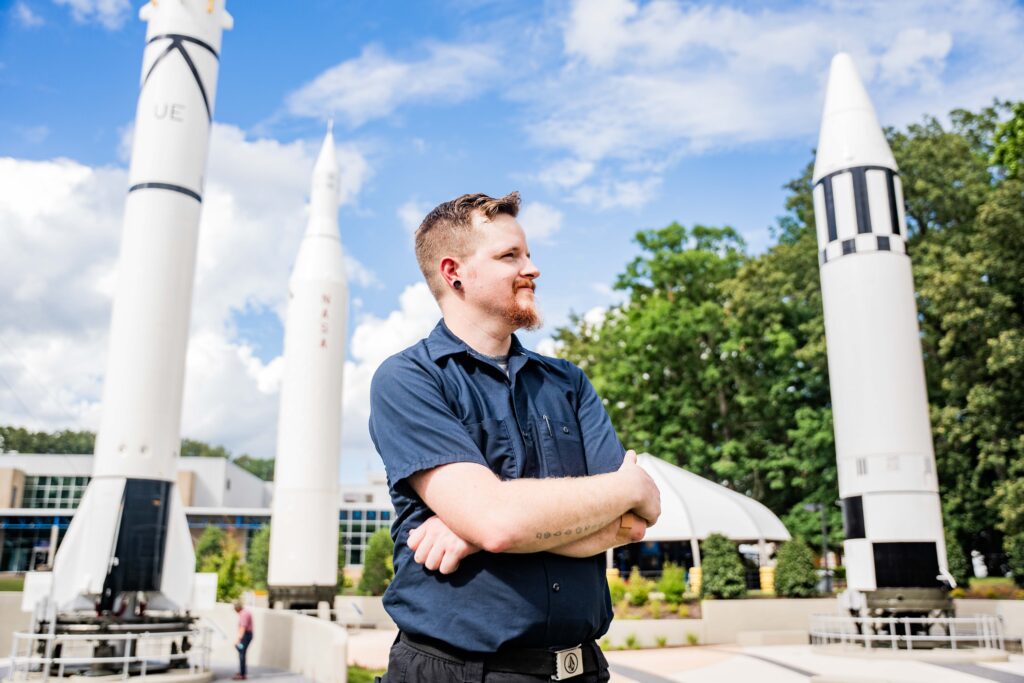Research funding for UAB School of Medicine topped $611M in 2023
Reading time: 3 minutes

The University of Alabama at Birmingham (UAB) Marnix E. Heersink School of Medicine received over $600 million in research funding from the National Institutes of Health (NIH) and non-NIH-related sources in 2023.
According to the school, non-NIH research funding totaled nearly $338 million last year, while NIH funding provided $274 million.
When it comes to securing research dollars, UAB has been on fire (a nod to their mascot Blaze). In November 2023, during his annual State of the University address, UAB President Ray Watts said the 2023 fiscal year was a record-breaking one for research awards at the institution.
UAB School of Medicine is making a difference

What kind of programs received funding this year at the School of Medicine?
Here are examples provided by the school of non-NIH awards:
- $25 million award from the DoD provided extended funding for the Neurofibromatosis Clinical Trials Consortium (NFCTC)
- $13.9 million toward Reducing Future Fractures and Improving Outcomes of Fragility Fracture (RESTORE) study. The initiative aims to compare the effectiveness of two post-fracture care pathways, Augmented-FLS and Enhanced Usual Care, in order to reduce the chance of future fractures and improve outcomes important to patients
- $6.5 million over three years from the DoD to evaluate a new therapy, pirfenidone, for recurrent acute pancreatitis in a clinical trial
Some of the NIH awards include:
- $9.6 million over five years to participate in its Persistent Poverty Initiative. UAB was one of five institutions selected to join the NIH’s first major program to address how structural and institutional factors of persistent poverty relate to cancer
- $9 million over four years from the National Institute of Allergy and Infectious Diseases (NIAID). The center will identify new research opportunities and priorities that align with existing UAB Center for AIDS Research (CFAR) programs and foster new research programs.
- $29 million to the Coronary Artery Risk Development in Young Adults (CARDIA) coordinating center to oversee study activities for the next 10 years. CARDIA will examine factors that contribute to the development of cardiovascular disease and provide a better understanding of the natural history of cardiovascular disease in adult life.
UAB School of Medicine NIH ranking
How does UAB rank nationally in NIH funding? The school ranked 27th among institutions overall and 12th among public universities in the United States.
11 departments ranked in the top 20 in NIH research funding:
- Department of Pathology – 10th
- Department of Biomedical Engineering – 10th
- Department of Microbiology – 12th
- Department of Dermatology – 14th
- Department of Obstetrics and Gynecology – 15th
- Department of Urology – 15th
- Department of Pediatrics – 16th
- Department of Anesthesiology – 17th
- Department of Cell, Developmental, and Integrative Biology – 19th
- Department of Medicine – 20th
- Department of Neurosurgery – 20th
“I am immensely proud of our faculty and researchers for their outstanding achievements in securing over $273 million in NIH research funding in 2023. This accomplishment not only solidifies our position as a leader in biomedical research but also underscores our commitment to advancing health and healing.”
~ Anupam Agarwal, M.D., senior vice president for Medicine and dean of the Heersink School of Medicine, said in a news release
There is a great deal to be proud of at UAB Marnix E. Heersink School of Medicine. Tag us on Instagram, Facebook and Linkedin let us know your favorite experience from the school and the difference it has made in your life. And make sure you subscribe to our newsletter, we’ll bring more like this straight to your inbox.



